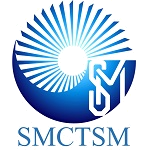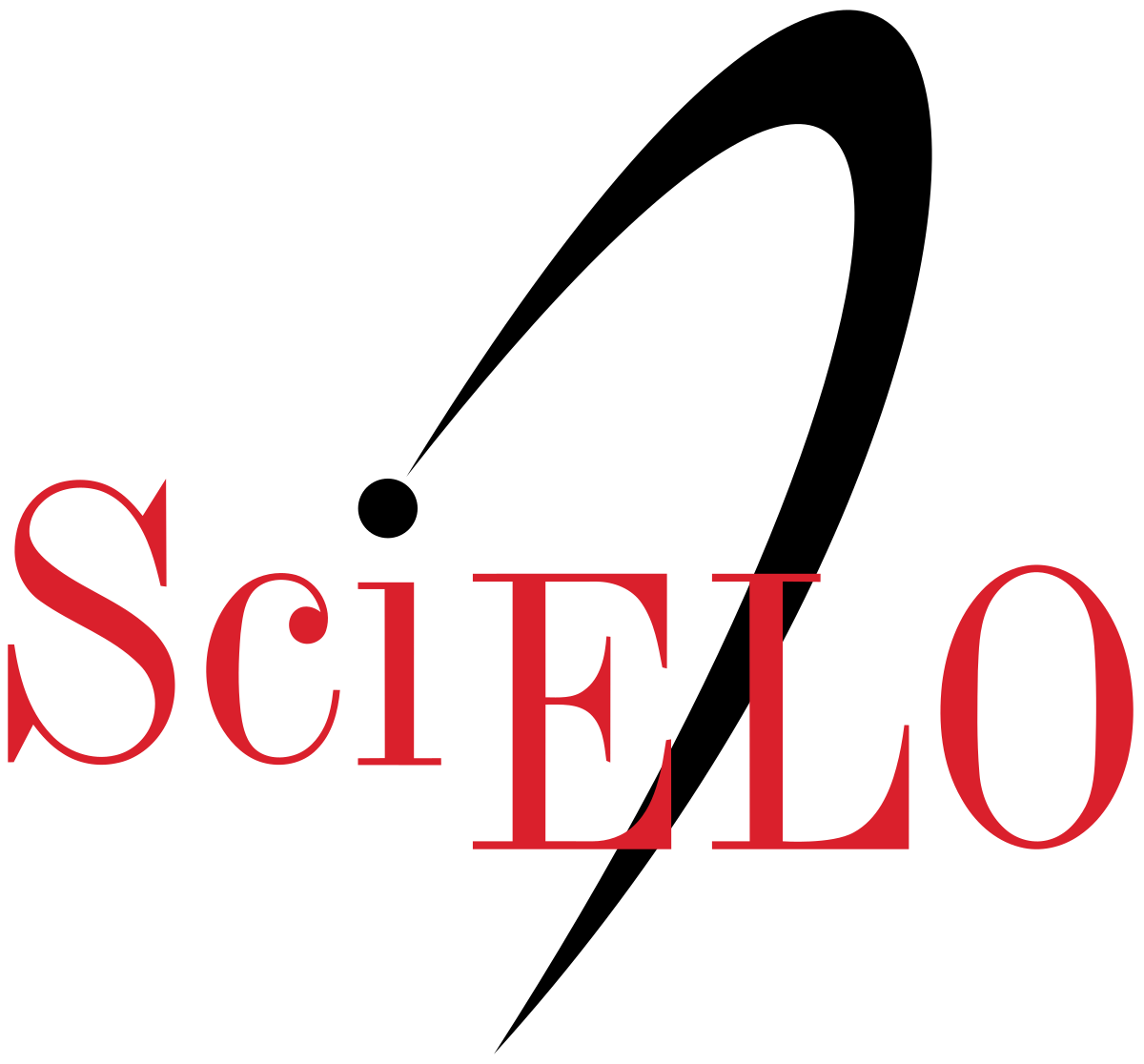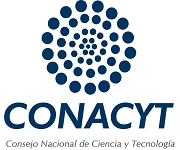Chemical anchorage of Hydroxyapatite on 316LSS using a ZrO2 interlayer for orthopedic prosthesis applications
Keywords:
Hydroxyapatite, Zirconia, Biomaterials, Bilayer coating systemAbstract
The aim of this work is the study of the interaction mechanisms between hydroxyapatite–zirconia interface and the zirconia layer (ZrO2) on a stainless steel substrate in the HA/ZrO2/316LSS system. The Hydroxyapatite (HA) layer was applied by the screen printing technique on ZrO2 film previously deposited by electrophoresis on 316LSS substrates. The bilayer system was thermally annealed at temperatures less than or equal to 700 °C for a maximum time of 5 minutes. The electro-deposited amorphous layers of zirconium hydroxide with a thickness about 8 µm showed good adherence to the stainless steel substrates and allowed good chemical anchorage with the HA layer after the thermal treatment, producing a thin layer of zirconia stabilized in tetragonal and monoclinic mixed phases. The thermal treatment also degraded HA layer to form calcium phosphates. The bilayer system of HA/ZrO2 on 316LSS substrate ensures a good anchorage, being a good and inexpensive candidate for a protective coating in stainless steel orthopedic prostheses. This solves the low adherence between HA and 316LSS, in addition of the low cost the 316LSS prostheses as a biocompatible system with low production costs.
References
. A. Rigigutti.. Susaeta (Ediciones, Madrid, España 2002) pp.14-37.
. L. L. Hench. J. Am. Ceram. Soc. 81, 1705 (1998).
. J. Helsen Jürgen Wiley, UK, 1998.
. M. H. Fathi. Dental Materials, 19, 188 (2003).
. J. B. Park CRC Press, 2003.
. L. L. Hench. Bioceramics: J. Am. Ceram. Soc., 74, 1487 (1991).
. C. Pconi. Biomaterials, 20, 1 (1999).
. R. Schmidt. Werlestoffverhalten in biologisschen (Systemen. Springer, Berlin, 1994).
. K. Hayashi,. Biomaterials, 14, (2003).
. O. van der Biest, J. of Matter. Sci. , 39, 779 (2004).
. G. Anné, K. J. Am. Ceram. Soc. 88(8): 2036 (2005).
. B. D. Ratner. 2nd edn. (Elsevier Academic Press, USA, 2004).
. P. Havibobic. J. Am. Ceram. Soc. 85, 517 (2000).
. U. Vijayalakshmi. Trends Biomater. Artif. Organs, 19, 57 (2006).
. S. M. Barinov. Biomaterials, 19, 999 (2006).
. B. Major, Bull. of the Polish Academy of Sciences Technical Sci. 52, (2004).
. A. E. Porter. J. of Mat Sci. 39, 1895 (2004).
. J. Vandiver. Biomaterial; 26, 271 (2005).
. D. E. Riemer. Solid State Technology, 8, 45 ( 1998).
. D. E. Riemer. Solid State Technology, 8, 56 (1998).
. B. Bermúdez-Reyes. Adv. In Tech. of Mat. And Proc. J. 9,: 141 (2007).
. G. Stefanic. Mat. Let, 36, 240 (1998).
. M. E. Manríquez. Journal of Molecular Catalysis A: Chem., 220, 229 (1998).
. C. Monterra. Langmuir, 19, 5344 (2003).
. H. Tsubakino. J. Mater. Sci., 26, 5521 (1991).
. K. Matsui. J. Am. Ceram. Soc. 80, 1949 (2003).
. S. Koutsopoulos. Wiley Periodicals 7, 600 (2003).
. M. Markovic. J. Res. Natl. Inst. Stand. Technol. 109, 553 (2004).
. G. Xu. J. Am. Chem. Soc. 123, 2196 (2001).
. V. S. Joshi. Crys. Res. Technol. 38, 817 (2004).
. L. A. Cyster. Biomaterials, 26,697 (2005).
. L. L. Hench. Bioceramics: J. Am. Ceram. Soc. 74, 1487 (1991).
. F. C. Gomes de Sousa. J. Am. Ceram. Soc. 86, 517 (2003).
. M. C. von Doerhberg. Biomaterials, 2006; 27, 5186.
. M. Mathew.J. Res. Natl. Inst. Stand. Technol., 106, 1035 (2001).
. M. S. A. Johnsson. Critical Reviews in Oral Biology and Medicine, 3, 61 (2002).
. Z. Evis. Ceram. Int. 6, (2006).
. L. Donzel. Acta Mater, 46, 5187 (1998).
. D. Speilbauer. J. Phys. Chem. B. 101, 4681 (1998).
Downloads
Published
Issue
Section
License
©2025 by the authors; licensee SMCTSM, Mexico. This article is an open access article distributed under the terms and conditions of the Creative Commons Attribution license (http://creativecommons.org/licenses/by/4.0/).





